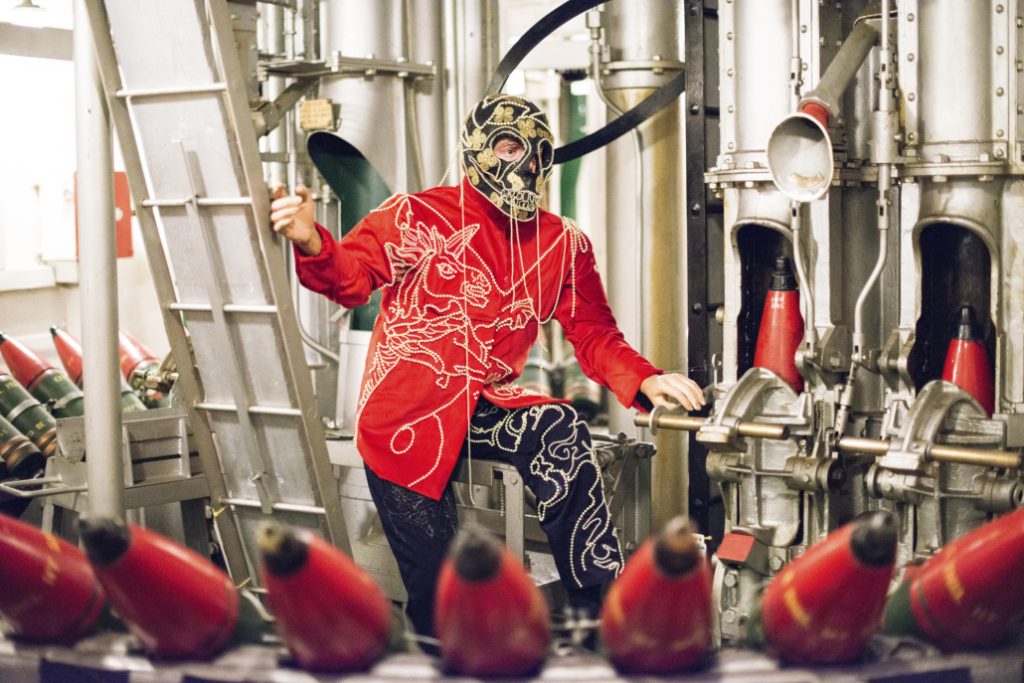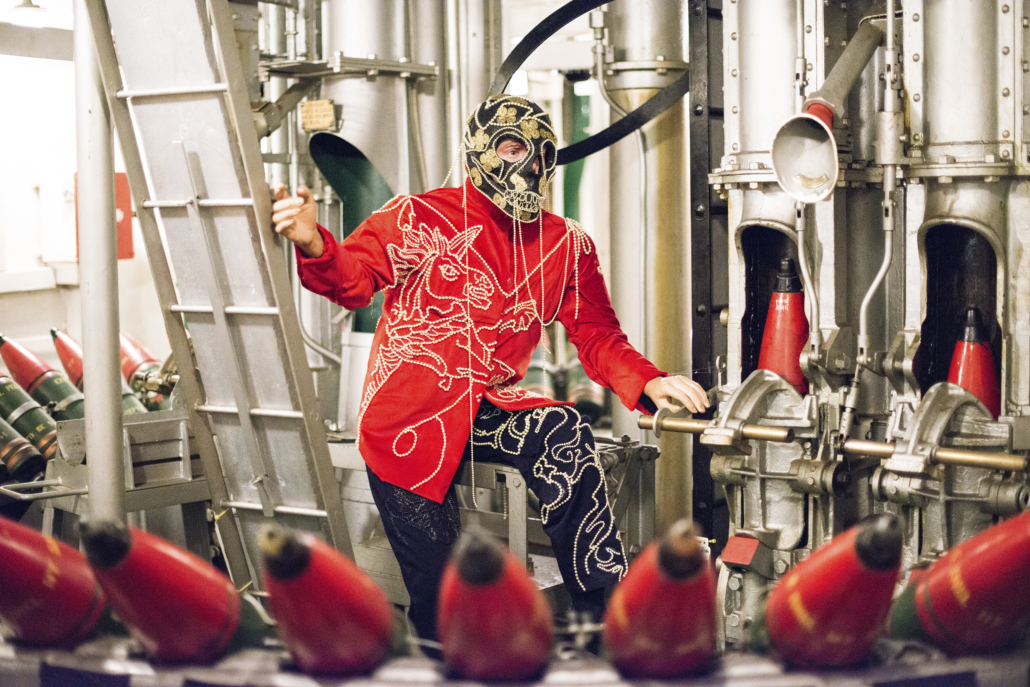
Hew Locke Explores the Historical Legacy of the British Museum

# Hew Locke’s Exploration of Colonial History at the British Museum: *What Have We Here?*
In his new exhibition, *What Have We Here?*, Guyanese-British artist Hew Locke takes visitors on a thought-provoking journey through artifacts and archives related to colonialism, slavery, and trafficking. Showcased at the British Museum, London, the exhibition is in response to Locke’s two-year study plunging into the museum’s archives—providing artistic commentary on Britain’s colonial past that still resonates today with public discourse.
The exhibition comes at a critical time when museums globally are being asked not only to reassess their collections but to disclose their ties to the colonial and nefarious histories that surround many of the objects they house. Though art institutions like the British Museum have long been accused of benefitting from colonial theft, exhibitions like Locke’s aim to engage with these sensitive histories directly rather than with a surface-level acknowledgment. The show’s ambition is not just to display but to stir conversation.
## Artwares of Imperialism: From Busts of Royals to Historical Charters
Locke’s artistic approach centers around both recreating and commenting on imperial objects and histories. For instance, antique busts of British royals such as Princess Alexandra and Queen Victoria are adorned with symbolic objects—medals, skulls, and tropical foliage representative of the expansionism and exploitation justified under their reigns. A striking aspect of Locke’s artistic vision is his intent to show how these colonializing figures have become emblematic of the very oppression they oversaw. These visual commentaries are accompanied by written notes from Locke presented on small yellow cards, such as that next to the bust of Queen Victoria: “She may have been a figurehead, but she was the head of an empire. She supported a lot of things that happened under her watch, she’s not innocent.”
The exhibition extends to cover documents like the *Charter granted to the Company of Royal Adventurers of England Trading into Africa* from 1663. This charter, linked to King Charles II, formalized England’s tragic involvement in the transatlantic slave trade—a significant marker in British history. Locke points out the curious absence of this document from popular historical discourse, prompting viewers to reconsider the selective process that highlights certain histories while disregarding others.
## Artistic Interpretation Versus Overly Scripted Reactions
A defining feature of *What Have We Here?* is the artist’s written commentary that accompanies nearly every artifact. Through these yellow observation cards, Locke encourages reflection but also directs the conversation in specific ways. While his efforts to ignite debate are admirable, there is a challenge in allowing viewers the space for autonomy in forming their own intersections with history. The framing of each article within Locke’s subjective context risks limiting the breadth of personal interpretation, potentially constraining the wide-ranging debates he promises to invoke.
In certain parts of the exhibition, the tension between objective research and artistic interpretation becomes especially noticeable. Objects like the gold-laden medals or ancient bells from southern Nigeria evoke a direct link to Britain’s colonial legacy, but Locke’s heavy-handed framing risks overshadowing the intrinsic power of these objects. The sheer volume of such archive pieces and the powerful truths they represent often speak for themselves, begging the question of whether less commentary and more artistic embodiment would allow visitors more space to consider their significance deeply.
## A Visual Format with Room for Expansion
Locke himself acknowledges in his introductory video that his research has uncovered “enough material for 15 exhibitions.” The artworks within the exhibition indeed reflect this extensive labor. Yet, there is an argument to be made that a tighter geographical or temporal focus could have allowed Locke’s visual art to resonate more profoundly, offering a more artistically centered response to history.
However, the current structure—where rows of archival boxes, wood-chip casings, and documents create an atmosphere of a behind-the-scenes research archive—lends a richness to the installation. Using the visual aesthetic of “backroom research” gives the exhibition an academic feel, emphasizing how much of this information, though vital, remains buried and inaccessible to the general public.
This approach, paired with Locke’s artistic reconstructions of historical events, emphasizes that much of the colonial past remains hidden in plain sight, requiring a willingness to dig deeper beneath the surface. Through artifacts like replicas of the ill-fated *Koh-i-Noor diamond*, which traveled through the hands of various colonial powers before becoming part of the British crown jewel collection, Locke examines how historical objects are corrupted by imperial legacies.
## Historical Objectivity and Subjective Reflection
Ultimately, *What Have We Here?* sheds light on the importance and necessity of objective historical research while asserting the vital role of the artist in navigating such intricate, emotionally charged material. The shocking volume and gravity of the objects on display—from charters that initiated slavery conquests to ancient materials looted from Africa—articulate their histories perhaps better than commentary ever could.
Locke’s use of art,